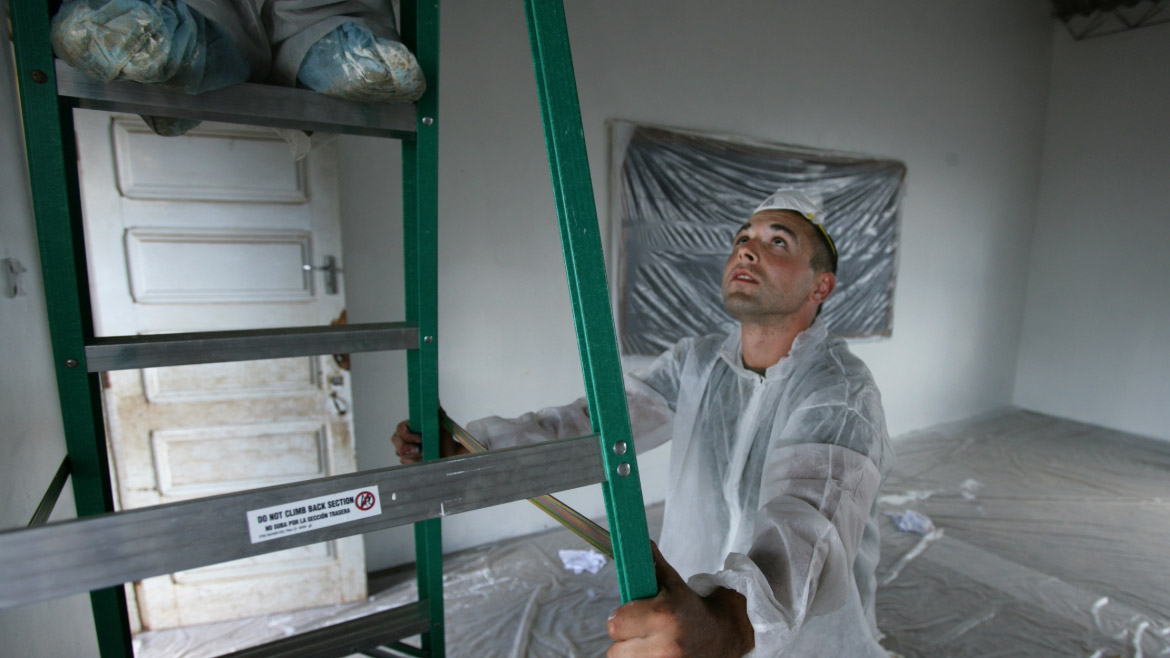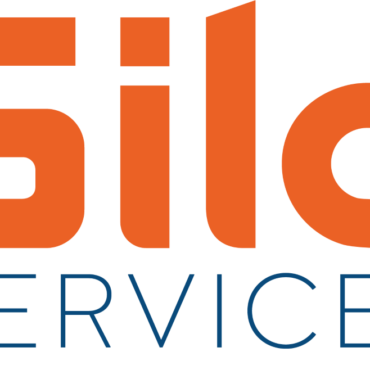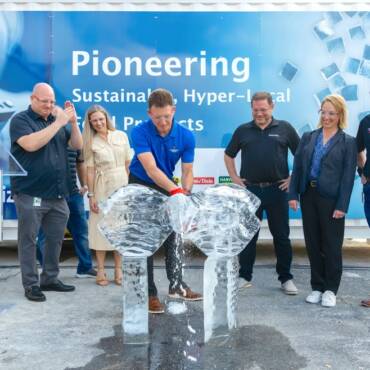Falls are one of the leading causes of serious work-related injuries and deaths, particularly in the construction industry. In response to this ongoing hazard, the Occupational Safety and Health Administration (OSHA) created a National Emphasis Program (NEP) on falls to strengthen efforts in identifying and reducing fall-related hazards in the workplace. Let’s discuss what NEPs are, the specific focus of the falls NEP, and how this program will be enforced and what you can do to enhance workplace safety.
What are National Emphasis Programs (NEPs)?
As mentioned in prior articles, National Emphasis Programs (NEPs) are temporary programs initiated by OSHA to address specific hazards or industries that pose significant risks to worker safety and health. NEPs are designed to focus on high-risk industries or operations with elevated rates of injuries, illnesses, or fatalities. By concentrating inspection efforts on these areas, NEPs aim to promote awareness, compliance, and ultimately reduce workplace hazards.
NEPs typically include a combination of outreach, education, and enforcement activities to help employers understand and address the targeted hazards. While some NEPs are industry-specific, others focus on widespread hazards, like falls, that affect multiple sectors. The NEP on falls is one of OSHA’s latest initiatives designed to curb the high rate of fatalities and severe injuries caused by falls in the workplace.
Overview of the Falls NEP
The NEP on falls is specifically tailored to address falls from heights, which are consistently one of the most cited violations in OSHA inspections of sheet metal and HVAC contractors. The goal of the falls NEP is to reduce the number of fall-related injuries and deaths by targeting the most at-risk worksites for inspections and enforcement. Falls risks under this NEP include many sheet metal and HVAC construction activities, certain fabrication shop work, and HVAC / mechanical rooftop work.
Launched in response to alarming statistics, the falls NEP aligns with OSHA’s broader mission to protect workers by enforcing standards that prevent dangerous working conditions. It builds on previous initiatives and emphasizes the importance of using proper fall protection systems, ensuring that employees are trained on fall hazards, and that employers are diligent in maintaining a safe work environment.
Key Elements of the Falls NEP
Targeted Inspections: The falls NEP focuses on targeted inspections at worksites where falls are likely to occur. This includes construction sites, roofing, and any industry where workers perform tasks at heights. OSHA uses data-driven criteria to identify the highest-risk worksites, often targeting those with a history of fall-related incidents or complaints.
Outreach and Education: OSHA will conduct outreach programs to educate employers, workers, and industry stakeholders about the falls NEP. These programs will include training sessions, webinars, and distribution of educational materials to increase awareness of fall hazards and the importance of compliance with safety standards.
Enforcement and Compliance Assistance: During the inspection phase, OSHA compliance officers will evaluate work practices related to fall hazards. This includes assessing whether employers have implemented appropriate fall protection measures, such as guardrails, safety nets, or personal fall arrest systems. Compliance officers will also check if workers have received proper training on fall prevention and the correct use of protective equipment.
Data Collection and Analysis: A significant aspect of the falls NEP is the collection of data from inspections to identify patterns and common violations related to falls. This information will help OSHA refine its approach to inspections, outreach, and future policy-making efforts.
How the Falls NEP Will Be Enforced
The enforcement of the falls NEP will combine proactive inspections with stringent enforcement actions against non-compliant employers. Here’s how OSHA plans to enforce the program:
Inspection Prioritization: Inspections under the falls NEP will be prioritized based on site selection criteria that include high-risk industries, past inspection history, and any tips or complaints received. OSHA will utilize a combination of programmed (pre-planned) and unprogrammed (in response to accidents or complaints) inspections to cover as many at-risk sites as possible.
Citation and Penalties: When violations of fall protection standards are identified, OSHA will issue citations and propose penalties accordingly. Employers who fail to implement proper safety measures could face significant fines, particularly if they are found to be repeat offenders. Severe violations, especially those resulting in fatalities, can lead to enhanced penalties and legal consequences.
Follow-Up Inspections: Follow-up inspections will be a critical part of enforcement, especially for worksites that have previously been cited for fall hazards. OSHA will ensure that corrective actions have been taken and that safety improvements are maintained over time.
Collaboration with State Plans: The NEP will be implemented in both federal and state OSHA plans, ensuring a consistent approach across jurisdictions. States with their own occupational safety and health programs are encouraged to adopt similar emphasis programs to address falls within their territories. Sheet metal and HVAC contractors need to be aware of work in state-OSHA jurisdiction.
Conclusion
The NEP on falls represents OSHA’s commitment to reducing one of the most persistent and dangerous hazards in the workplace. By combining targeted inspections, outreach, and strict enforcement, the falls NEP aims to significantly decrease the number of fall-related injuries and deaths. Sheet metal and HVAC employers must stay vigilant, comply with safety standards, and ensure that their workers are adequately protected from falls. For workers, understanding the risks and the protective measures available can be a lifesaver in preventing potentially deadly accidents. This NEP is not just about enforcement; it’s a call to action for everyone involved in workplace safety to prioritize fall prevention and create safer environments for all.
Whether you require installation, repair, or maintenance, our technicians will assist you with top-quality service at any time of the day or night. Take comfort in knowing your indoor air quality is the best it can be with MOE heating & cooling services Ontario's solution for heating, air conditioning, and ventilation that’s cooler than the rest.
Contact us to schedule a visit. Our qualified team of technicians, are always ready to help you and guide you for heating and cooling issues. Weather you want to replace an old furnace or install a brand new air conditioner, we are here to help you. Our main office is at Kitchener but we can service most of Ontario's cities
Source link



